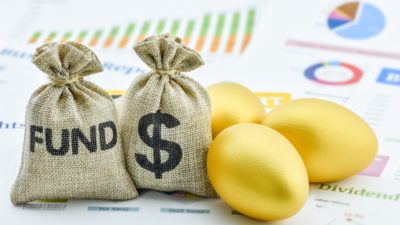In response to the COVID-19 crisis, the CRA has rolled out a number of emergency measures for Canadians. These measures include cash transfers, enhanced benefits, and tax filing extensions. Some of these, such as the CERB and CEWS, have been widely discussed in the media.
Other measures have been less publicized. With all the talk about CERB and CEWS, one little-known benefit for retirees has been lost in the shuffle. Introduced by Justin Trudeau’s government, it could provide Canadian seniors with some much-needed relief from the CRA.
If you’ve accumulated a very large RRSP balance, you could save a lot of money in taxes because of this emergency measure.
So, what is this little-known emergency measure, and how does it benefit retirees?
Lower RRIF withdrawals
A RRIF is a fund that gradually pays out the money you accumulated in an RRSP over the course of your life. RRIF withdrawals are mandatory; such withdrawals start at about 5.3% at age 71 and can climb as high as 20% if you make it to your nineties.
In response to the COVID-19 crisis, the federal government has lowered mandatory RRIF withdrawals by 25%. Under normal rules, your RRIF withdrawal is one divided by 90 minus your age. Now multiply that number by 0.75. If you’d normally have to withdraw 5.28%, you now only have to withdraw 3.96%.
How it can save you money
Lower RRIF withdrawals can save you money by lowering your taxes.
RRIF withdrawals become taxable when they leave the RRIF and enter your hands. The more you withdraw, the higher your taxes. Thanks to the new emergency measure, you can leave a greater percentage of your money in the tax-sheltered environment. The end result is significant tax savings.
Consider a 71-year-old investor holding $100,000 worth of Fortis Inc (TSX:FTS)(NYSE:FTS) shares in an RRSP. Assuming that’s the investor’s entire RRSP portfolio, they would have to withdraw about $5,280 of it through a RRIF at age 71. If the investor hadn’t saved any of their dividends, they would have to sell stock to cover it.
While FTS stock has a fairly high yield, it’s lower than 5.28%. So a year’s worth of accumulated dividends wouldn’t cover the withdrawal. That means the investor would have to sell stock in order to withdraw enough money. The end result would be less tax-free growth, as some of their position would have been sold and significant taxes because RRIF money is taxable on withdrawal.
Now, thanks to the CRA’s emergency measure, these things have changed. First, the percentage withdrawal is reduced to 3.96%, so the investor can almost cover the withdrawal with just a year of dividends.
Second, because the dollar amount is lower, the taxes payable are lower too. So the investor gets to enjoy more tax free compounding, and lower taxes.
It’s a win-win situation. And for many Canadian retirees, this new measure could be just the lifeline they need in a time of crisis.









